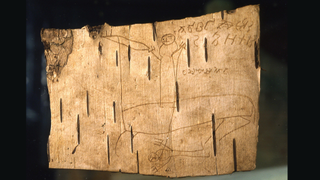
Kristina Killgrove
Kristina Killgrove is a staff writer at Live Science with a focus on archaeology and paleoanthropology news. Her articles have also appeared in venues such as Forbes, Smithsonian, and Mental Floss. Kristina holds a Ph.D. in biological anthropology and an M.A. in classical archaeology from the University of North Carolina, as well as a B.A. in Latin from the University of Virginia, and she was formerly a university professor and researcher. She has received awards from the Society for American Archaeology and the American Anthropological Association for her science writing.
Latest articles by Kristina Killgrove
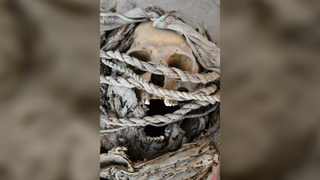
Massive circular tomb filled with battle-scarred people unearthed in Peru
By Kristina Killgrove published
Human skeletons from a large stone tomb may help archaeologists understand a mysterious pre-Inca population in Peru.

Słupcio: A 6,000-year-old amber 'gummy bear' that may have been a Stone Age amulet
By Kristina Killgrove published
This little bear carved out of amber might have been an amulet for a Stone Age hunter.
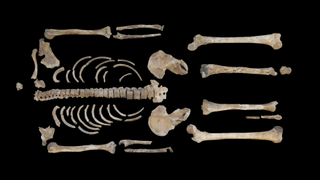
Elite Celtic warrior had healed arrowhead injury in his pelvis, 3D bone analysis reveals
By Kristina Killgrove published
A Celtic warrior was injured in battle 2,500 years ago. Archaeologists were able to identify the weapon based on 3D scans of his skeleton.

Viking quiz: How much do you know about these seaborne raiders, traders and explorers?
By Kristina Killgrove published
See if your Viking Age trivia knowledge is in ship-shape condition with our quiz.

'Hairy books' were covered in sealskin by medieval monks
By Kristina Killgrove published
A scientific analysis of dozens of 12th- and 13th-century books found in European monasteries reveals they were bound in sealskins procured by Norse traders from as far away as Greenland.
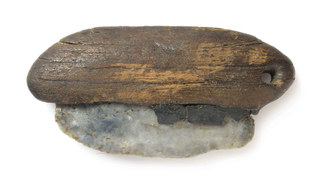
Pfyn culture flint tool: World's oldest known 'Swiss Army' knife
By Kristina Killgrove published
Over five millennia ago, Stone Age people in Central Europe crafted wooden handles for their stone tools.
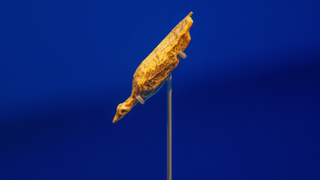
Hohle Fels water bird: The oldest depiction of a bird in the world
By Kristina Killgrove published
This tiny bird sculpture was created 40,000 years ago by early humans in Europe who carved the key animals in their lives.

A 'landmark finding': Homo naledi buried their dead 250,000 years ago, according to newly updated research
By Kristina Killgrove last updated
Homo naledi, an extinct human relative with one-third the brain size of ours, buried and may have memorialized their dead, controversial research suggests.
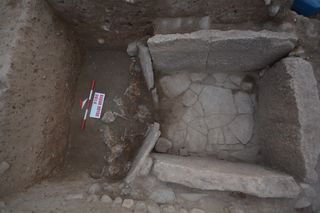
Human sacrifices found in a Bronze Age tomb in Turkey were mostly teenage girls
By Kristina Killgrove published
Archaeologists are unsure why unrelated teenagers were buried in an elaborate Bronze Age tomb but think their age may be a clue.
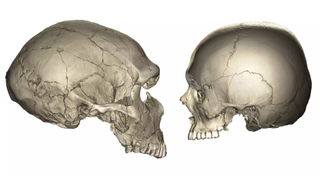
Why modern humans have smaller faces than Neanderthals and chimpanzees
By Kristina Killgrove published
We have smaller faces than Neanderthals and even chimps. A new study may explain how this came to be.

Tumaco-Tolita gold figurine: A 2,000-year-old statue with a 'fancy nose ornament' from a vanished South American culture
By Kristina Killgrove published
The Tumaco-Tolita people, who lived in an area rich in natural gold, crafted intricate and delicate metal objects until the group disappeared 1,500 years ago.

Terracotta Army quiz: What do you know about the 'warriors' in the 2,200-year-old tomb of China's 1st emperor?
By Kristina Killgrove published
Quiz Local farmers discovered thousands of terracotta warrior statues in Shaanxi, China, in 1974. How much do you know about these unique artifacts?

'Bonobo genius' Kanzi, who could understand English and play Minecraft, dies at 44
By Kristina Killgrove published
The bonobo Kanzi, who learned to make stone tools, play Minecraft and communicate at the level of a 2-year-old human, has died.
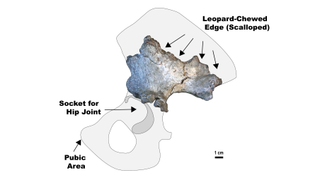
Smallest human relative ever found may have been devoured by a leopard 2 million years ago
By Kristina Killgrove published
The left hip and leg bones from a young female Paranthropus robustus discovered in South Africa show she was extremely short — and ended up as a leopard's lunch.
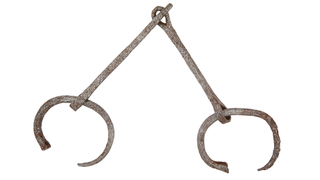
2,200-year-old shackles discovered at ancient Egyptian gold mine
By Kristina Killgrove published
The discovery of two sets of iron ankle shackles at an ancient Egyptian gold mine reveals forced labor.

'Mystery population' of human ancestors gave us 20% of our genes and may have boosted our brain function
By Kristina Killgrove published
A novel genetic model suggests that the ancestors of modern humans came from two distinct populations that split and reconnected during our evolutionary history.
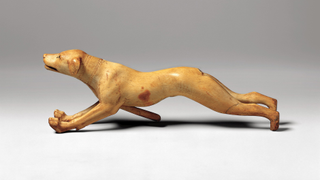
Mechanical Dog: A 'good boy' from ancient Egypt that has a red tongue and 'barks'
By Kristina Killgrove published
This small, carved dog epitomizes ancient Egyptians' love of pets.

Apollo gold ring with 'healing serpent' found in 2,000-year-old tomb in Greece
By Kristina Killgrove published
A monumental tomb found near Corinth has revealed several burials, along with artifacts reflecting its later use as a healing shrine.
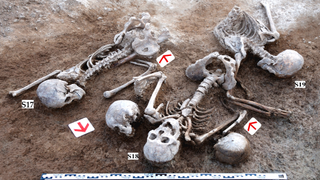
'The most shameful form of execution': Han warriors found dismembered in 2,100-year-old mass grave in Mongolia
By Kristina Killgrove published
Genetic analysis of skeletons in a mass grave in Mongolia has revealed they were soldiers in the Han-Xiongnu Wars more than two millennia ago.

Albert Einstein quiz: What do you know about the life of the famous theoretical physicist?
By Kristina Killgrove published
Einstein solved the world in his head. How much do you know about his life and work?
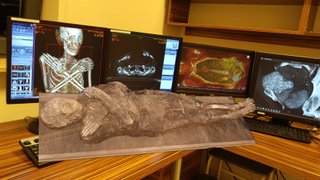
'Pregnant' ancient Egyptian mummy with 'cancer' actually wasn't pregnant and didn't have cancer, new study finds
By Kristina Killgrove published
The mummy of a first-century-B.C. individual found in Egypt was not pregnant and did not have cancer, according to a new CT study.
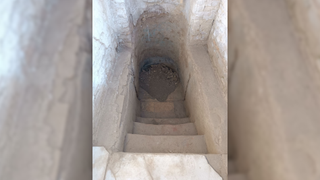
Jewish ritual bath discovered near Rome is the 'oldest discovery of its kind in the world'
By Kristina Killgrove published
A Jewish ritual bath known as a mikvah discovered in Ostia Antica is more than 1,500 years old.
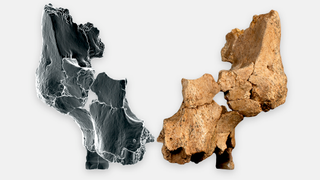
Human ancestors arrived in Western Europe much earlier than previously thought, fossil face fragments reveal
By Kristina Killgrove published
Fragments of the left side of the skull of a human relative have been discovered in Spain, revealing the face of the oldest human ancestor ever discovered in Western Europe.
Get the world’s most fascinating discoveries delivered straight to your inbox.
